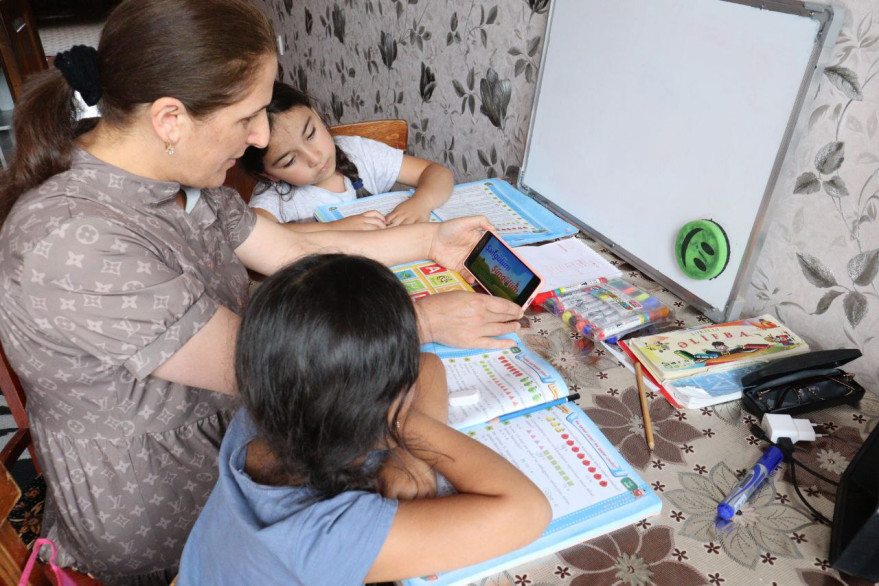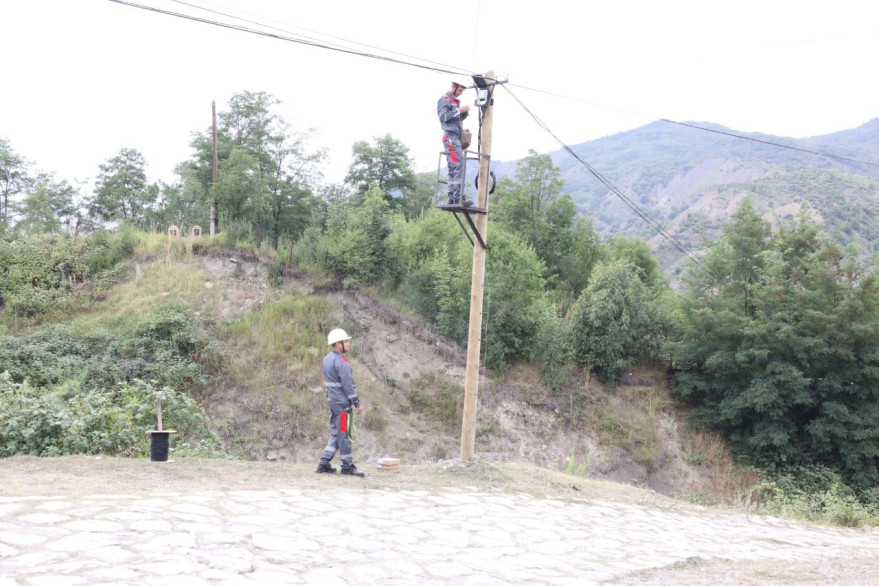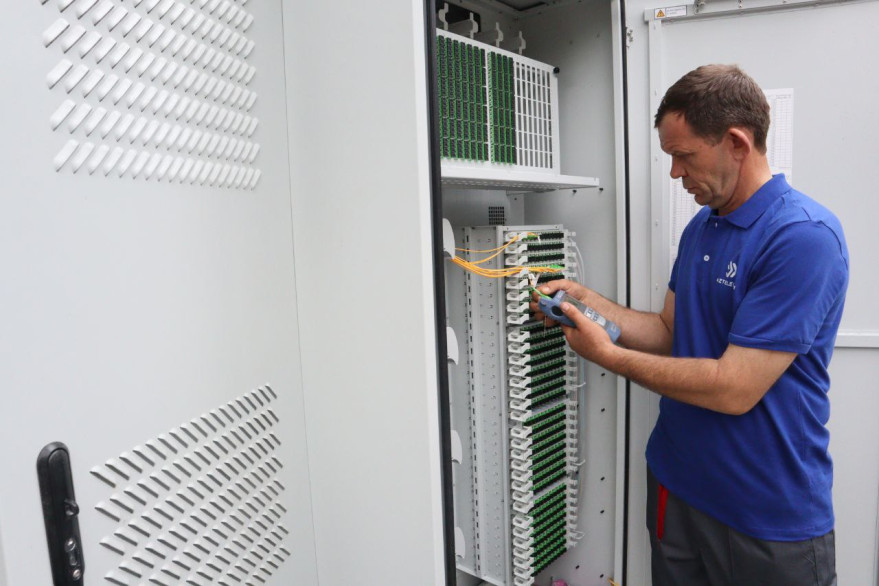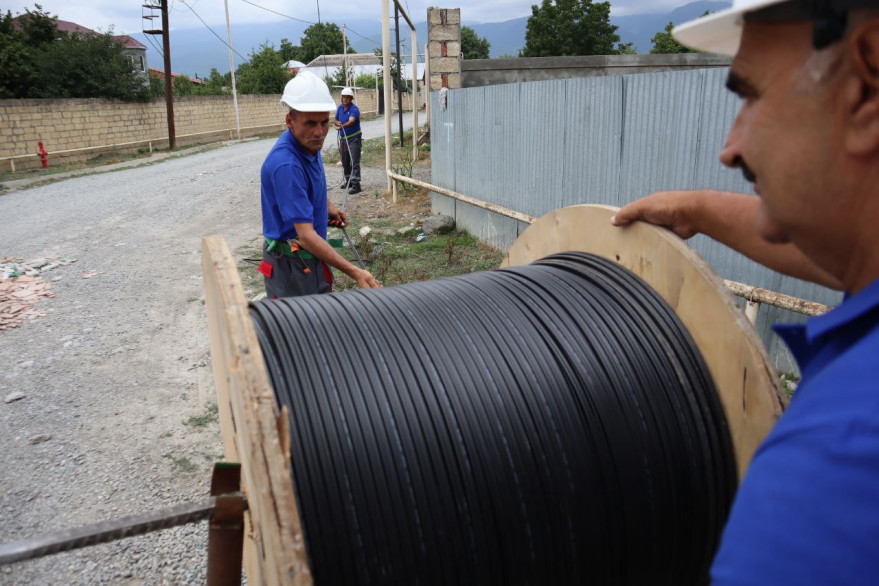To date, some 650,000 households in country provided with fiber-optic internet

In the country, 649,000 households have been provided with fast and uninterrupted fiber-optic internet based on GPON (Gigabit Passive Optical Network) technology.
Considered the latest trend in optical cable technology, GPON provides high-speed data transmission without traditional copper cables and ensures uninterrupted operation regardless of weather conditions.
Although the construction of a fiber-optic network using this technology in Azerbaijan first started in 2017, it has found a wide application since 2021. Thus, 227,000 households were covered by the fiber-optic network in 2017–2020. In 2021–2022 alone, a fiber-optic network was built for 422,000 households. To date, a total of 649,000 households in the country have been provided with fiber-optic internet.
The construction of a fast and uninterrupted fiber-optic network based on GPON technology in the country is being carried out within the framework of the project Online Azerbaijan. The main objective of this project is to build a countrywide broadband network with a minimum internet speed of 25 Mbit/s by the end of 2024 through joint efforts of a number of telecoms operators based on a public-private partnership model.
Aztelecom LLC, the main operator of the project, is working towards upgrading the telecommunications infrastructure and bringing it in line with modern international standards. Currently, work is underway to provide high-speed internet by means of GPON and other broadband technologies continues in 60 regions and cities, including Baku, Absheron, Shamkir, Jalilabad, Tovuz and Gazakh.
It should be noted that as an integral part of the work carried out in the regions, our citizens returning to their native lands in the territories liberated from the occupation have been provided with fixed-line telephone service and high-speed internet. In addition, thanks to the provision of high-speed internet, the population can also benefit from digital opportunities even in the remotest villages. Schoolchildren living in remote mountain villages such as Lahij and Khinalig can now easily get their education online using fiber-optic internet.




